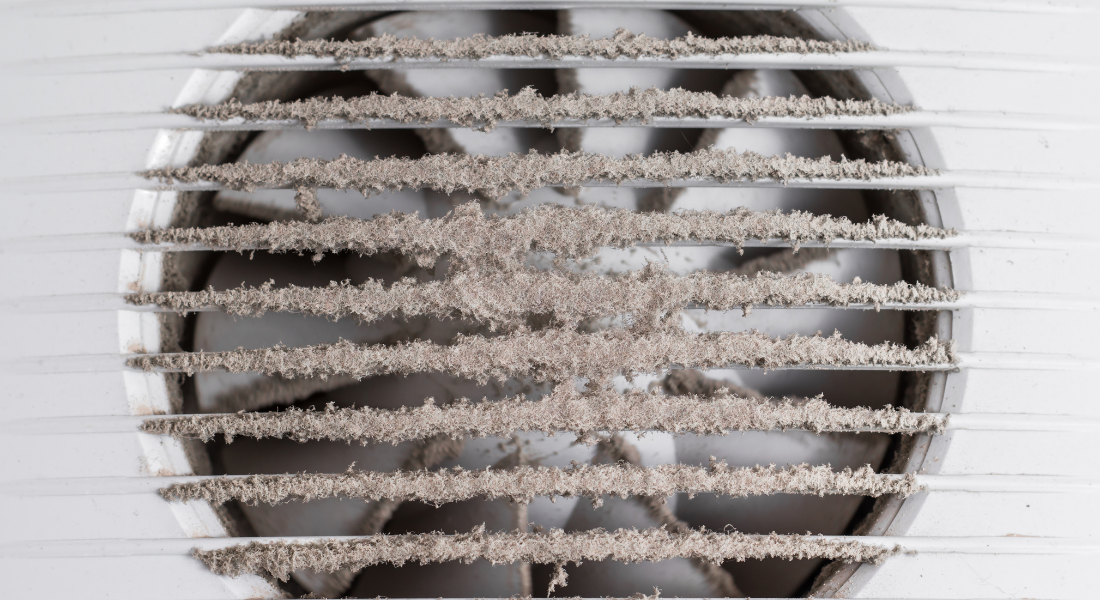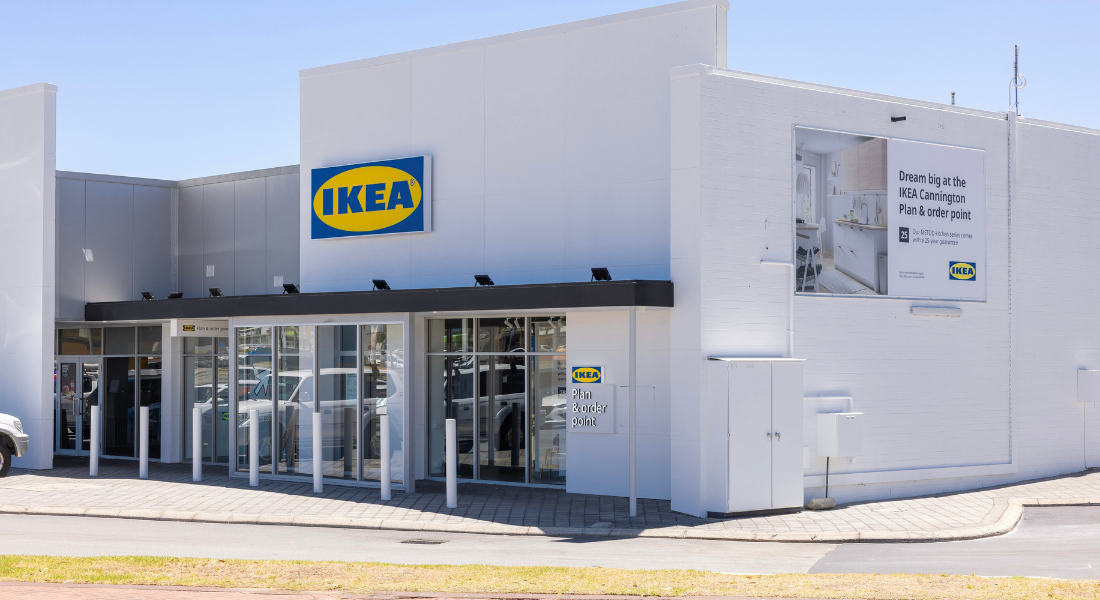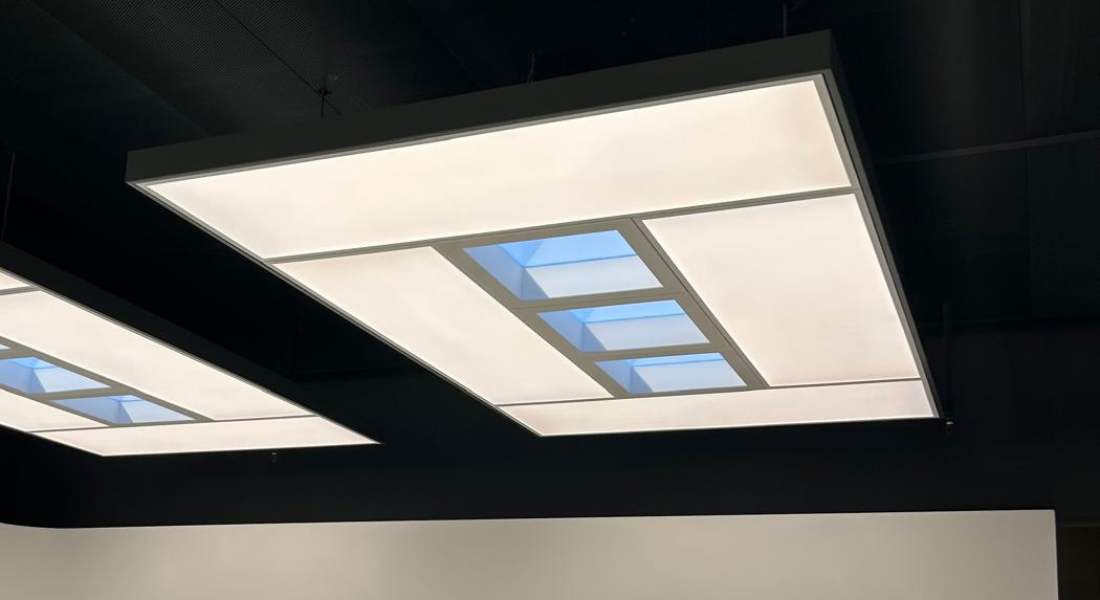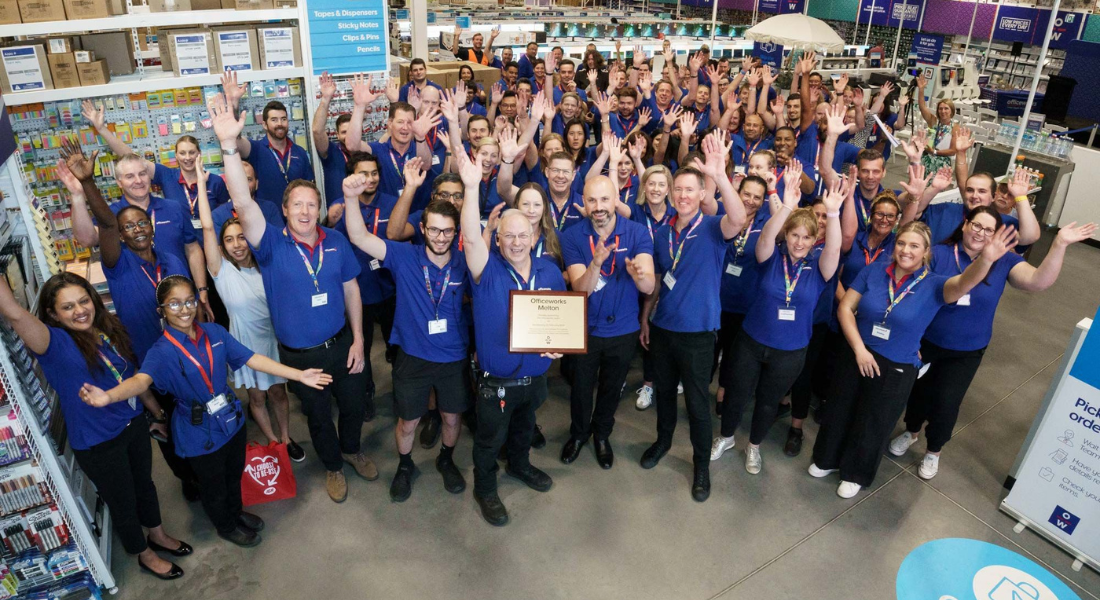Air Pollution: How to Breathe Easy Inside

As Australians, we see ourselves as outdoor people. But the truth is we spend 80% – 90% of our time indoors.
Given the vast proportion of time we spend inside, indoor air pollution is a serious health concern.
According to World Health Organisation a shocking 4.3 million people die every year due to indoor air pollution. And in many cases, this is avoidable.
An array of acute and chronic symptoms can arise when indoor air quality is substandard. Many buildings can be harmful to your health without you ever knowing.
Here are some ways to get fresh air while you are inside.
No-Risk Rule
Whether you are at work or perusing a retail centre, you want to know the air you breathe is contaminant-free. Clean air should be a given so you can get on with your day.
Managing air pollution and the resulting WHS risks in commercial buildings is required under WHS laws. You can better identify the level of risk by knowing where pollution hazards originate.
You should test air quality frequently and monitor the air quality index as a starting point. Inviting input from your building occupants is a great way to gain insight into air condition in a building.
Aim to eliminate risk. If this is unachievable, then minimise risk as much as possible. The hierarchy of control measures ranks risk control methods, but people’s pre-existing conditions also play a part.
Factors such as older age, pregnancy, and respiratory diseases such as asthma may make some people more susceptible to air pollutants.
Air Pollution Types
There are two types of sources that degrade indoor air quality: natural contaminants and those caused by human activity.
Natural Pollutants
Natural pollutants are always around. They include dust particles, seasonal pollens, mould, pet dander, cockroaches, and rodents. And we all remember the 2019 bushfire smoke and ash. Add to these natural combustion products like bacteria, viruses, excess moisture, pesticides, and volatile organic compounds.
Human Activity
Humans cause air pollutants by using wood-fuelled fireplaces, gas-fired pilot lights and cars just to name a few. These, along with countless other activities, produce carbon monoxide, nitrogen dioxide, ozone, sulphur dioxide and lead.
Building Material
Structural materials like particleboard, adhesives, insulation, carpets, paints, furniture, and equipment such as copiers and printers are also indoor air pollutants. Cleaning materials, pesticides, markers, and art supplies used in a commercial building can taint the air too.
Reactive Pollutants
Sometimes, outdoor pollutants like traffic and ozone react with indoor chemicals and generate new irritants. These reactions may occur depending on your building’s air intakes and the efficiency and maintenance of heating, ventilation, and HVAC systems.
Air Pollution Causes
In buildings, indoor environments can be affected by numerous sources.
HVAC Gone Bad
Poorly designed, operated and maintained HVAC systems can cause health problems by generating pollutants and moisture which leads to mould growth. Inadequate materials control, dirty filters, and sporadic operation all lead to the build-up of contaminants.
Indoor Air Chemistry
Ozone concentrations are bigger than you think. They get into your building through windows, doors and other intakes. Ozone concentrations also exist in indoor sources like printers, copiers, and badly maintained and exhausted electrostatic air cleaners. Cleaning products and air fresheners contain unsaturated hydrocarbons.
Ventilation
Fine particulates get drawn indoors through the building’s HVAC system. Your system needs to distribute conditioned air within your building to dilute and remove contaminants. Scheduled maintenance is paramount considering that HVAC systems can supply all-outdoor recirculated air or a mix of outdoor/indoor return air.
Filtration
Air filters remove most particulates and certain volatile organic compounds, but generally do not collect submicron-sized particles. The location of your filters is significant to ensure air is filtered before reaching occupants. Make sure your filters can be accessed and maintained in their current position.
Air Pollution Effects
You know when you are not breathing clean air. It can leave you with mild, nonspecific reactions like irritated eyes, nose and throat and can even lead to fatigue, headaches and dizziness. There are also more severe symptoms, including asthma and other respiratory symptoms, allergic responses, difficulty breathing, itching, and dry, irritated skin.
Exposure to contaminants for long periods, with low levels of outdoor air supply, can increase sick leave and decrease productivity.
Building Better Air
These four factors will lessen the air pollution in your building and pull your indoor air quality into line.
- Cooling Coil Disinfecting
Installing UVC coil-irradiation and airstream disinfection systems in your HVAC will keep the evaporator coil, drain pan, and surfaces spick n’ span. These simple actions prevent mould and other contaminants from circulating through your HVAC.
- Upper-air Systems
Positioning systems in the upper part of rooms will help keep already-circulating air clean. These systems move UVC energy up and out. This means killing pathogens at ceiling level and stopping occupants from being subjected to them in the lower parts of the room.
- Ionisation Technology
The energy from outdoor elements such as flowing water, waves, and sunlight creates naturally occurring, air-cleaning ions. However, the concentration of these ions is much lower indoors. Using ionisation technology, ions in the air are introduced via your ventilation system without introducing ozone or other harmful by-products. These ions disperse through your building, combining with already circulating particles. The resulting large clusters are easier for your filtration system to capture. When ions contact pathogens they disrupt surface proteins and render them inactive. Ionisation also attacks volatile organic compounds and odours.
- Good Ventilation Design
Well-designed ventilation systems supply fresh air and reduce indoor air pollution, odours and take out illness-causing contaminants. Exhaust fans extract fumes and lessen virus particles, while other ventilation relocates intakes by shifting ductwork or adding HVAC technology.
Prevent and Purify
You can take a holistic approach with an Indoor Air Quality Monitoring Service. You can actively track conditions to improve the air quality of your building by using an Internet of Things (IoT) platform. The IoT platform can track air quality parameters such as temperature, humidity, lighting levels, sound, CO2, VOC, particulates, airflow and occupancy. The IoT platform can be connected to a dashboard and warns when conditions move beyond settings. Combining this technology with a proactive maintenance approach provides building occupants with a healthier environment and enhanced customer experience.
Sustainably Speaking
Sustainable operation practices can minimise waste, conserve energy, and improve air and water quality if you want to improve your building’s carbon footprint. You can achieve this by maintaining the operational technology equipment that runs your building in the background. It can then be enhanced by sustainability engineers, who can recommend work towards optimal environmental, economic, and social improvements for your building.
Breathe Better Air
Monitor air quality, ensure regular maintenance of HVAC systems, and implement other technologies to keep your building safe. Schedule monthly maintenance with our specialist team to keep your workplace safe from contaminants.

Michael Brooker, National Manager of Business Development, Grosvenor Engineering Group




